For all the ink spilled on pre-millennial tension, little has been written about pre-millennial release. On the flip side of 1990s paranoia—at least in the movies—was a sense of summing up and letting go. From Krzysztof Kieslowski's Three Colors trilogy to Paul Thomas Anderson's Magnolia, the century came to a close with a clutch of films with no less an ambition than to show how we lived at the end of the 20th century—and perhaps, in the process, uncover what that century was all about.
The best of a strong lot, Edward Yang's Yi Yi progresses less like a traditional narrative with acts and arcs than like a human symphony, introducing, dropping, reprising, and recreating themes across movements. Focusing on three generations of a Taipei family anchored by engineer Wu Nienjen, it opens with an evening that begins with a wedding and ends with Wu's mother-in-law entering a coma. The rest of the film's nearly three hours roll out in the space between life and death.
But it isn't a space where anyone stands still. In Yi Yi, life is a constant act of becoming. Wu's daughter (Kelly Lee) struggles with guilt as she considers taking on a friend's discarded boyfriend as her first. Wu's initially morose younger son (Jonathan Chang) comes into his own when he discovers a camera's ability to reveal the world. Meanwhile, Wu struggles with past and future as he reconnects with the first love (Su-Yun Ko) he abandoned 30 years before, while trying to persuade his business partners to ally with a visionary Japanese video-game creator (Issei Ogata).
Even when Yang edits to capture parallels—one bravura sequence threads together Lee's first date with Wu and Ko's reflections on their own beginnings—his long, usually distant takes never impose his will on the material. The world appears to bend around the drama. Over the course of an intense street-corner conversation, a traffic light keeps changing from green to red. It could be symbolism, or mere coincidence, or maybe, amid all that glass and concrete, it's just the rhythm of life asserting itself.
Key features: A short history of Taiwanese filmmaking with scholar Tony Rayns; a lively Rayns/Yang commentary; a transfer that turns the old DVD version into a coaster.




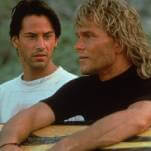







![Rob Reiner's son booked for murder amid homicide investigation [Updated]](https://img.pastemagazine.com/wp-content/avuploads/2025/12/15131025/MixCollage-15-Dec-2025-01-10-PM-9121.jpg)


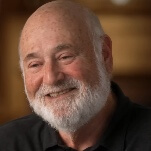



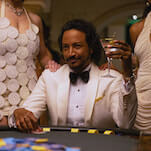

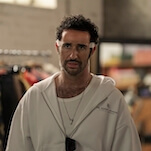






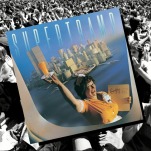





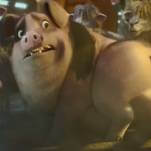
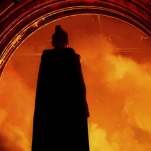


![HBO teases new Euphoria, Larry David, and much more in 2026 sizzle reel [Updated]](https://img.pastemagazine.com/wp-content/avuploads/2025/12/12100344/MixCollage-12-Dec-2025-09-56-AM-9137.jpg)


